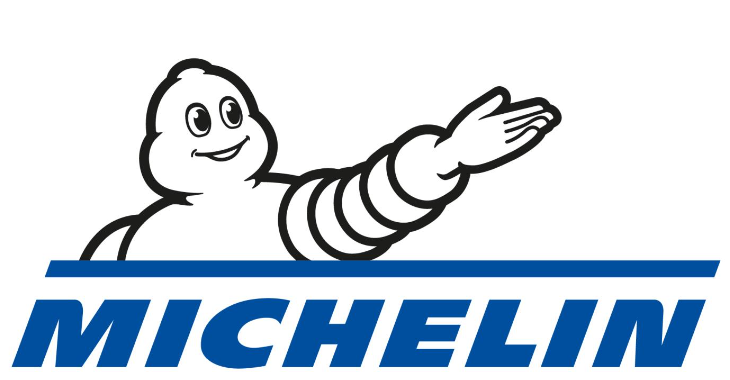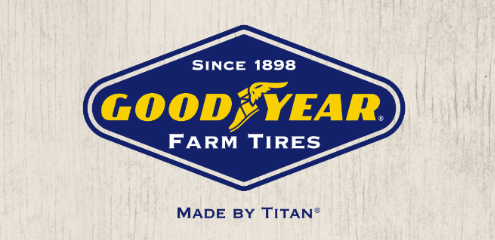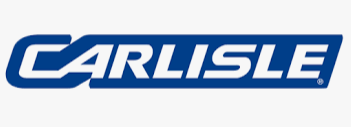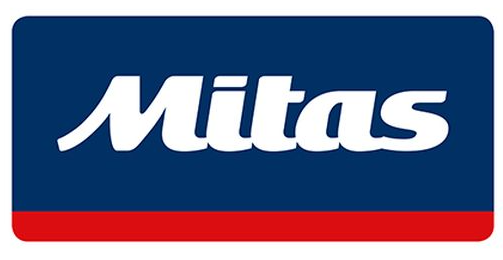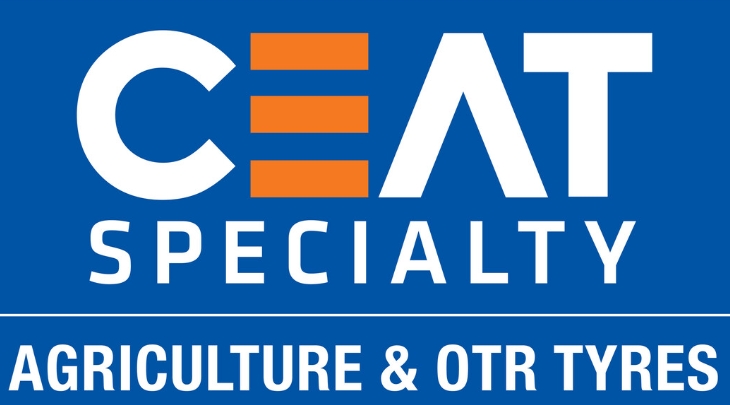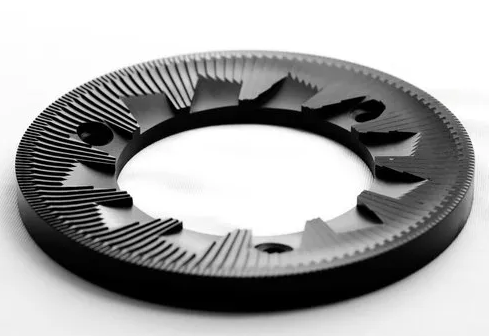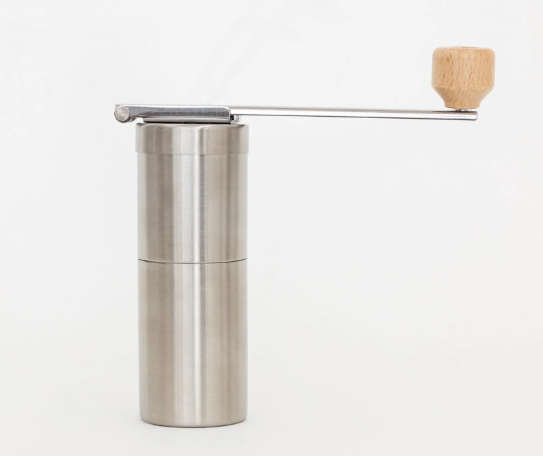Greetings in The Mighty Name of Jesus, The Christ!!!
Judge NOT
Brothers and Sisters the Lie of Satan that is Preached on the Roof Tops! Many, many of you Stand, Stake your Life on the following Scripture…
Matthew 7:1 KJV
“Judge not, that ye be not judged."
If you Stand on this Scripture alone, then you have taken it completely out of context. It is the Rest of what goes along with this verse that should concern you. The Context of the Scriptures says this.
Matthew 7:1-5 KJV
"1 Judge not, that ye be not judged. 2 For with what judgment ye judge, ye shall be judged: and with what measure ye mete, it shall be measured to you again. 3 And why beholdest thou the mote that is in thy brother's eye, but considerest not the beam that is in thine own eye? 4 Or how wilt thou say to thy brother, Let me pull out the mote out of thine eye; and, behold, a beam [is] in thine own eye? 5 Thou hypocrite, first cast out the beam out of thine own eye; and then shalt thou see clearly to cast out the mote out of thy brother's eye."
Verse 5 explains verses 1 -4, First Jesus says remove that Sin in what you Judge Against from Your Own Life then and only then you can only begin in Helping Your Brother or Sister to Remove that Sin from their own lives. The first verse is a Warning Verse, it is not a Living By Verse.
The Church of today has issues that has allowed for No Judgment, No Righteous Judgment has caused Satan to feel at home within the Body Of Christ of Our Lord Jesus. Little by little Satan and Man have cut away Scriptures, Ignored Scriptures saying it’s not for today, for many, many of you have no Decrement Of Spirits in this day and time.
Let us examine the Word Judge in the first verse here…
Judge Bible Definition: to separate, put asunder, to pick out, select, choose, to approve, esteem, to prefer, to be of opinion, deem, think, to be of opinion, to determine, resolve, decree, to judge, to pronounce an opinion concerning right and wrong, to be judged, i.e. summoned to trial that one's case may be examined and judgment passed upon it,
to pronounce judgment, to subject to censure, of those who act the part of judges or arbiters in matters of common life, or pass judgment on the deeds and words of others, to rule, govern, to preside over with the power of giving judicial decisions, because it was the prerogative of kings and rulers to pass judgment, to contend together, of warriors and combatants, to dispute, in a forensic sense, to go to law, have suit at law
In all of these things do we do daily in our lives, but see Jesus was after a Righteous Judgment, a Life Living, Fathers Will Judgment. This issue was that people were being Judged Wrongly, they were Hypocrites not Judging themselves first. In that let us look at the word Hypocrites that Our Lord Jesus spoke of here…
Hypocrites Bible Definition: one who answers, an interpreter, an actor, stage player, a dissembler, pretender, hypocrite
The people that were making Judgments were making a Show that they were Righteous, but in fact were Liar’s wearing Sheep’s Clothing!
If you, my Brothers and Sisters, think that we are Not To Judge Others, then run to the Authors of a Publishing company and have them make you a New Bible, because the Original Tongue has Judging People throughout! Anytime that you see a phrase as “Beware” a Judgment call is made, such as in the Scriptures below.
Matthew 7:15 KJV
“Beware of false prophets, which come to you in sheep's clothing, but inwardly they are ravening wolves."
Matthew 10:17 KJV
"But beware of men: for they will deliver you up to the councils, and they will scourge you in their synagogues;"
Matthew 16:6 KJV
"Then Jesus said unto them, Take heed and beware of the leaven of the Pharisees and of the Sadducees."
Philippians 3:2 KJV
“Beware of dogs, beware of evil workers, beware of the concision."
Colossians 2:8 KJV
“Beware lest any man spoil you through philosophy and vain deceit, after the tradition of men, after the rudiments of the world, and not after Christ."
2 Peter 3:17 KJV
“Ye therefore, beloved, seeing ye know [these things] before, beware lest ye also, being led away with the error of the wicked, fall from your own stedfastness."
A Judgment Call…
2 Corinthians 6:17 KJV
“Wherefore come out from among them, and be ye separate, saith the Lord, and touch not the unclean [thing]; and I will receive you,"
These Brothers and Sisters are all making a Judgment about someone! You want to know Why The Church is Wallowing in Hypocrisy, Why people are stop coming, Why The Church allows Homosexuals, Why The Church allows Woman to Rule Over Men, Why there is Same Sex Marriages, Why The Church has no Power or Authority in this World any more, is because The Church is Not Walking in Obedience To The Word, By Judging People By The Word!!!
There is a Righteous Judgment that we The Born Again, Blood Bought , are allowed to use, but it Requires that we Walk According To The Fathers Will. This is one of the reason the below Scripture is so important for our day and time.
Mat 7:21 KJV
“Not every one that saith unto me, Lord, Lord, shall enter into the kingdom of heaven; but he that doeth the will of my Father which is in heaven.
So to those who put people upon a pedestal, you may be walking in sin. Right now I am in a battle with another Brother over this very thing, that they have put, in this case, some Athletes on a Pedestal As Models We Should Live After. But, when you do not Live By The Word, Breathe By The Word, then they would Appear as a Role Model, but when you Weigh all Things according to The Word and By The Holy Spirit you find them much different, having a Sinful Nature that rules. In this one case that I am involved in, tell me if this is a Role Model that you, your wife, your children, your Brothers and Sisters are to follow after:
One who has Committed Fornication, Premarital Sex, Committed Cursing, Committed Parting, Committed In Creating an Illegitimate, Bastard Child, but in all of these things has done many, many different good community projects.
See the problem with this person or people of such, is Their Lives, Their Roots, were never changed, that is, Jesus was Not Their Lord even if there was a Confusion of such. You can call Jesus Your Savior all that you want, but Jesus made it Absolutely Clear, that unless we are Living According To The Fathers Will, we, Brothers and Sisters, will NOT enter into the Kingdom Of Heaven! It does not matter “How Good” you put on, Jesus Answer will never change!! We Brothers and Sisters are to Live by the Same Standards as Jesus, as The Father, as The Holy Spirit in which Demands Judgment of everyone that crosses our paths, are around our lives.
This is How Righteous Judgment comes about…
John 5:30 KJV
“I can of mine own self do nothing: as I hear, I judge: and my judgment is just; because I seek not mine own will, but the will of the Father which hath sent me."
John 8:16 KJV
“And yet if I judge, my judgment is true: for I am not alone, but I and the Father that sent me."
For I myself The Lord Jesus has Separated me from such things as Social Gatherings with Heathens, such as Work Parties and anything of the kind where I must Change to be Accepted By Them, from Sports Viewing, going to, up holding, I love to play certain sports as a fun health activity, but have no desire to watch such things, from those who call themselves Born Again, Christians, but do not Walk The Talk, but are Hypocrites, Liars. But see, in all of these things it is My Chose to Live according to The Word and The Holy Spirit or to Compromise, in which No Judgment can come!!!
To those who Refuse to Judge or make a Judgment Call, I tell you here and now Your Sins are many and the very Word that you refuse to Stand On, To Judge Righteously, will one day Judge You…do you think Jesus will care about Your Judgments?
In the old times it was said “Do not Judge A Book By Its Cover”, but yet today, The Born Again, Blood Bought do that exact thing. But what is even worse is if they look at the whole picture, they do not look nor see the Repentance that must occur for change, nor do they see that because of Jesus, they Claim, but work contrary to The Word and The Holy Spirit.
Matthew 15:8 KJV
“This people draweth nigh unto me with their mouth, and honoureth me with [their] lips; but their heart is far from me."
If you think that Judge Not is not in the very fabric of Christianity, think again. There is One Word, One Lord, One Spirit, but yet there are over 400 Denominations who all claim Jesus as Lord… has Judgment Of Others NOT Occurred? You Hypocrites, you make Judgments that Please The Flesh, but declare you will not Judge another!! For another example when you go to Vote for any issue, any person to an office, are you not Judging all the other issues, people, to make your decision? But yet The God whom we are to Obey, Serve, you Judge Not His Statutes, Commandments but Accept The Contrary, in that, is that Not a Judgment.
The Berea’s…
Acts 17:11 KJV
"These were more noble than those in Thessalonica, in that they received the word with all readiness of mind, and searched the scriptures daily, whether those things were so."
They Judged Every Person, Every Word by God’s Holy Word to make sure that what was Said and Done lined up With The Fathers Will. Most of you cannot even begin to do this, because you have made Jesus what YOU Want Jesus to be, not Who He Really Is.
I make this Judgment equal among All Men, All Women, All Children that if Jesus does not become Your Savior and then Lord Over Your Life, then the Lake Of Fire will be your final resting place. But see and Understand this, it is Not I who has made the Judgment, but it is My Savior and Lord Jesus who has! If the Scriptures say, if Jesus has said, “If you Love me, KEEP MY COMMANDMENTS”, then did He really mean it or was it a Metaphor, a Wishful Desire! NO, NO, NO if Jesus said it, if it is in Scripture, then Your very Life is Judged By It, Depends on it…if you Walk or Do Not Walk in Obedience!! This same Judgment we have and we keep and we use to Judge Others, Who’s Judgment is that Of Jesus… not mine!!! This is with All Scriptures to every person on earth.
Judge NOT is equal to Love ALL, yet many, many Brothers and Sisters do not Understand Jesus Requirements in either one, because it is Not Preached, Not Studied, Not Walked, so, as the Scriptures say, you are all dumb sheep led to slaughter!!!
Do not all of us go to market pick a piece of fruit, holding it, feeling rather it is soft or hard, smells good or bad, is that not a Judgment Call. If someone is a smoker and you are not, do you not distance yourself from that person, is that not a Judgment Call. If someone says they are of this Denomination do we not make a Judgment Call Whom they are. We make personal Judgment Calls all the day long, but yet you refuse to Judge Yourselves and Others to The Word Of Jesus.
Judging someone is a Natural Rule Of Order, but it is How and Why you Judge is what matters to Jesus. Jesus has the Final Say to whom will go into the Lake Of Fire for eternity, but Jesus has given us, The Born Again, Blood Bought, the Power and Authority to Judge on Earth, not by our Fleshly Desires, but by The Word and The Holy Spirit what is True to Jesus or Not, who Walks in Obedience and who does not, who is Jesus Enemy and who is Our Enemy, these all are Judging One Another in those things that are Holy and Perfect to Jesus, The Father and The Holy Spirit!!!
So then, the next time that Thought comes or someone says “Judge Not”, you need to stop and remember the Context in which Jesus said that and ask yourself What or How am I Judging, is it according to The Word and Holy Spirit or is it of my Flesh!
Judge Everyone
Righteously
According To
The Word and Holy Spirit!!!
Amen and Amen!!!
Email: godsonlyfoundation@gmail.com
Website: ApostleLee.com
 https://bsptools.com/wp-content/uploads/2024/02/图片5-350x233.png 350w,
https://bsptools.com/wp-content/uploads/2024/02/图片5-350x233.png 350w, 